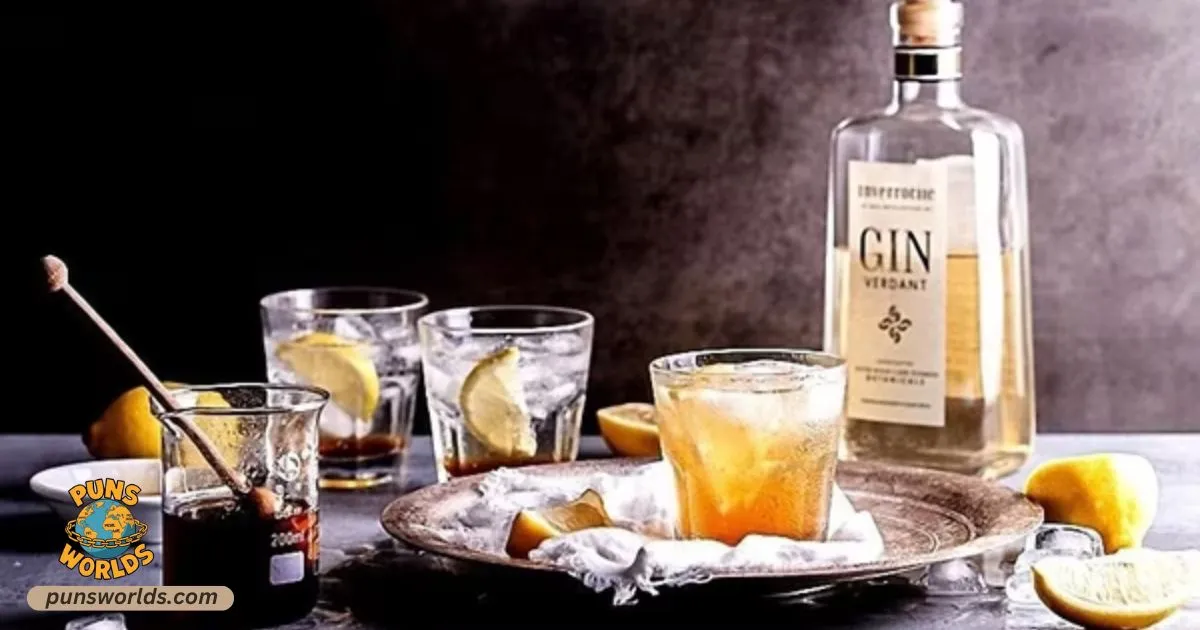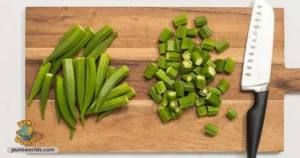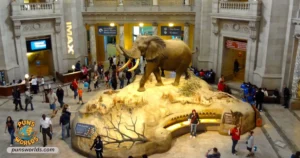Gin boasts a vibrant legacy, blending tradition and innovation in every sip.
Gin, a spirit steeped in centuries of history, offers an unparalleled journey through its diverse flavors and cultural significance.
From its humble beginnings as a medicinal remedy to its status as a globally cherished beverage, gin embodies a rich heritage and endless possibilities. Its ability to adapt, innovate, and inspire ensures its place as a cornerstone of both tradition and modern mixology.
The Storied Past of Gin
- Origins in medieval Europe as a medicinal tonic.
- The evolution of juniper-infused spirits into gin.
- The “Gin Craze” of 18th-century London.
- Legislation and regulations shaping gin production.
- Key figures in gin history, such as Dr. Sylvius.
- The role of gin in naval history (e.g., gimlets).
- The impact of colonial trade on gin ingredients.
- How gin became a symbol of class divides.
- Revival movements during the craft distillation boom.
- The phrase “Mother’s Ruin” and its social implications.
- The invention of the column still revolutionizing gin quality.
- Transition from London Dry to modern interpretations.
- Famous gin-centric locations like Bathtub Gin dens
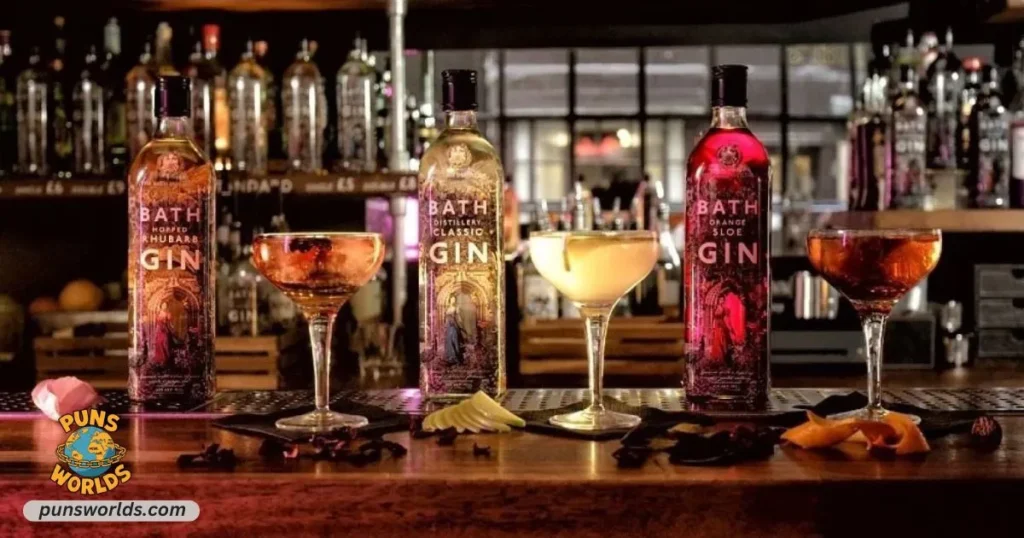
- Influence of World Wars on gin availability.
- Literary and cinematic portrayals of gin.
- Gin’s connection to cocktail culture in the 20th century.
- Historical recipes that inspired modern gins.
- The birth of sloe gin and its cultural role.
- How Prohibition influenced gin trends.
- Key milestones in gin’s globalization.
- Influence of botanical diversity in historic gins.
- Evolution of gin branding and marketing.
- Gin’s association with royalty and aristocracy.
- Stories behind iconic gin brands.
- Role of distilleries in shaping communities.
- Contributions of female distillers in history.
- Cultural festivals celebrating gin.
- Gin’s role in the temperance movement.
- The relationship between gin and science.
- Golden ages of gin production.
- Gin’s journey from the apothecary to the bar.
- Connections to folklore and legends.
- Historical shifts in gin taxation.
- Rediscovery of forgotten gin recipes.
- Development of flavored gins in the past.
- The influence of the British Empire on gin.
- Gin’s adaptation during economic downturns.
- Influence of artistic movements on gin design.
- Expansion into American markets.
- Enduring myths surrounding gin’s origins.
- Introduction of gin into Asian cultures.
- Symbolism of gin in political discourse.
- Milestones in the exportation of gin.
- Key distillation techniques through history.
- The transformation of gin during the industrial revolution.
- Role of craft movements in preserving heritage.
“Gin’s history is as rich as a barrel-aged tale, filled with twists and turns.”
Crafting the Perfect Gin
- The role of juniper berries as a core ingredient.
- Exploration of complementary botanicals like coriander and citrus.
- Modern trends in locally sourced ingredients.
- Importance of water quality in distillation.
- Key steps in gin-making: infusion, distillation, and refinement.
- Differences between London Dry and other styles.
- Use of traditional and innovative distillation methods.
- The role of copper stills in flavor refinement.
- Techniques for achieving consistent quality.
- Infusion vs. vapor distillation processes.
- Developing flavor profiles for signature gins.
- Experimentation with regional botanicals.
- Importance of aging in specialty gins.
- Understanding the science of terpenes.
- Preservation of aromatic compounds in distillation.
- Role of temperature in flavor extraction.
- The craft of blending botanicals.
- Developing small-batch vs. large-scale production.
- The emergence of non-alcoholic gins.
- The impact of terroir on gin characteristics.
- Techniques for creating clear vs. colored gins.
- Role of glassware in enhancing gin aromas.
- Differences in craft vs. commercial production.
- Significance of single-origin botanicals.
- Techniques for developing niche flavors.
- Innovations in packaging and presentation.
- Role of distiller’s experience in flavor creation.
- How technology has improved distillation.
- Understanding the science of flavor extraction.
- Role of regional identity in gin branding.
- Mastering the balance of flavors.
- Impact of fermentation techniques on gin.
- Role of research in refining recipes.
- Techniques for creating low-calorie gins.
- Exploring the chemistry behind gin flavors.
- Sustainability practices in modern distilleries.
- History and influence of navy-strength gin.
- The role of gin festivals in promoting craftsmanship.
- Preserving traditional methods in gin production.
- Impact of artisan movements on the industry.
- Innovations in sustainable gin production.
- Role of wild harvesting in gin.
- Significance of signature recipes.
- The art of botanical extraction.
- Modern takes on classic gin recipes.
- Secrets to creating award-winning gins.
“Crafting gin is not just a science; it’s a stirring art form.”
Gin Puns and Jokes
The World of Botanicals: Gin’s Flavorful Core
- Role of juniper as the defining botanical.
- Exploring popular botanicals: citrus, coriander, and angelica root.
- Unusual ingredients like seaweed, lavender, or tea.
- Regional botanicals defining specific gins.
- The influence of terroir on botanical selection.
- Seasonal availability of certain botanicals.
- Creating harmony with complementary flavors.
- Challenges in sourcing rare botanicals.
- The rise of local and sustainable harvesting.
- History behind specific botanical choices.
- Experimenting with herbs, spices, and fruits.
- Balancing floral and earthy tones.
- Modern trends: fascinating and edible botanicals.
- Techniques for infusing botanicals.
- Reviving forgotten ingredients in craft gins.
- The science of aroma extraction.
- Importance of freshness and storage.
- Crafting gins with regional identity.
- The role of traditional recipes.
- Exploring global influences in botanical choices.
- Importance of alcohol base on flavor infusion.
- Natural vs. synthetic botanical extracts.
- The use of wood and barrel aging botanicals.
- Creating unique blends for signature gins.
- Innovations in botanical applications.
- Revitalizing historical recipes for modern palettes.
- Consumer demand for unusual flavors.
- Discovering botanicals with cultural roots.
- Role of food science in botanical research.
- The growing trend of organic gin.
- Botanicals as marketing and storytelling tools.
- Highlighting the environmental impact of sourcing.
- The balance between bitter and sweet botanicals.
- Medicinal properties of botanicals in historical context.
- The role of spice in aromatic complexity.
- Techniques for layering botanical flavors.
- Distillers’ favorite experiments with botanicals.
- Role of climate in botanical selection.
- The influence of global spice trade on gin.
- Importance of water in unlocking botanical aromas.
- Flavor mapping in the crafting process.
- Revival of endangered botanicals in distilling.
- The art of curating botanical libraries.
- Botanicals in cultural rituals and their tie to gin.
- Preservation of indigenous plants for gin-making.
- Balancing tradition with modern innovation.
“Botanicals are the roots and shoots of every gin story.”
Modern Innovations in the World of Gin
- Emergence of non-alcoholic gin alternatives.
- Infusion of modern technology in gin-making.
- Rise of personalized gins and customizable distillation.
- Introduction of AI-assisted recipes.
- Experimenting with color-changing gins.
- Crafting low-sugar and health-conscious gins.
- Evolution of sustainability practices.
- Popularity of canned gin cocktails.
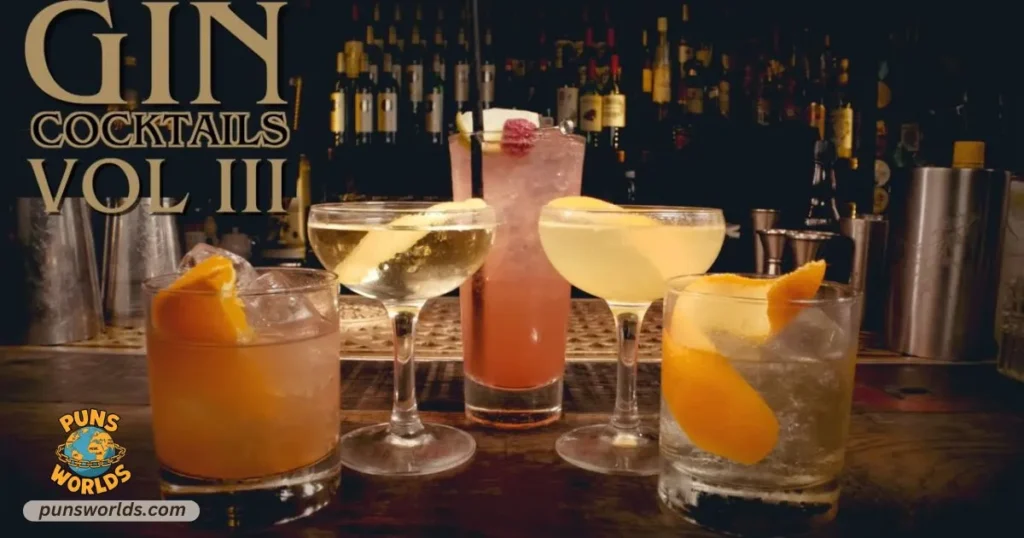
- Use of fascinating fruits and spices for new flavors.
- Packaging innovations for eco-friendly products.
- Role of data analytics in consumer trends.
- Creation of unique flavor pairings.
- Introduction of high-proof gins for cocktails.
- Cross-industry collaborations with breweries and wineries.
- Revival of forgotten gin styles.
- Developing gins for specific cuisines.
- Incorporating AI-driven marketing strategies.
- Gin with reduced environmental impact.
- Exploring lab-grown botanicals for sustainability.
- Gin’s growing influence in the zero-waste movement.
- Evolution of barrel-aging techniques for deeper complexity.
- Infusion of food-grade CBD into gins.
- Crafting cocktail-ready blends.
- Promoting regional pride through local distilleries.
- Creating Instagram-worthy gins with visual appeal.
- Expanding accessibility with affordable craft gin.
- Role of genetic research in botanicals.
- Development of ultra-premium, collectible gins.
- Collaboration with chefs for signature gins.
- Expansion into new markets like Asia and Africa.
- Pairing gins with artisanal tonic waters.
- Focus on superfood-inspired botanicals.
- Blending traditions with modern tastes.
- Partnerships with conservation efforts.
- Gin designed for specific moods or times of day.
- Innovations in freezing or freeze-dried botanicals.
- Celebrating global cultural fusions in gin.
- Gin festivals as innovation hubs.
- Increasing use of blockchain for traceability.
- Influence of climate change on gin production.
- Exploration of alternative alcohol bases.
- Growing significance of storytelling in branding.
“Modern gin is where tradition shakes hands with innovation.”
Cocktail Magic: Gin in Every Glass
- Classic gin cocktails: martini, Negroni, and gin fizz.
- Regional variations of iconic drinks.
- Pairing gin with tonics and mixers.
- Art of garnishing gin cocktails.
- Recipes for seasonal drinks.
- Techniques for perfecting shaken vs. stirred.
- Creating layered cocktails with gin.
- Non-alcoholic gin cocktail recipes.
- Signature drinks from global mixologists.
- Exploring craft bitters and syrups.
- History of gin cocktails in bars.
- Matching cocktails to occasions.
- Exploring the art of cocktail presentation.
- Innovative uses for gin in molecular gastronomy.
- Pairing cocktails with meals.
- Experimenting with smoked or spiced cocktails.
- DIY home cocktail kits featuring gin.
- Role of ice and glassware in presentation.
- Seasonal trends in gin cocktails.
- Developing cocktails for health-conscious audiences.
- Fusing gin with tea or coffee blends.
- Exploring gin-based hot drinks.
- Transforming classic recipes into modern creations.
- The rise of barrel-aged gin cocktails.
- Signature holiday-themed cocktails.
- Collaborations between mixologists and distillers.
- Creating visually stunning cocktails.
- Revival of Prohibition-era gin drinks.
- Experimenting with herbal and floral garnishes.
- Exploring the art of frozen gin drinks.
- Infusion techniques for flavored cocktails.
- Gin cocktails tailored to specific gins.
- Trends in pre-mixed gin beverages.
- Exploring low-ABV gin drink recipes.
- Signature drinks for wedding or event menus.
- Role of storytelling in cocktail menus.
- Pairing desserts with gin drinks.
- Emphasizing balance in flavors and aesthetics.
- Promoting sustainable cocktail practices.
- Gin in global mixology competitions.
- Development of bespoke cocktails.
- Collaborations with artisanal tonic brands.
“Gin transforms every glass into a liquid masterpiece.”
FAQs
What are the main ingredients in gin?
Gin’s primary ingredient is juniper berries, complemented by botanicals like citrus, coriander, and angelica root.
What is the difference between London Dry gin and regular gin?
London Dry gin has stricter production rules, ensuring no artificial flavors or colors are added after distillation.
Can gin be aged in barrels?
Yes, some gins are aged in barrels, adding depth and complexity to their flavor profiles.
What is the ideal way to serve gin?
Gin can be served neat, with tonic water, or in cocktails, depending on personal preference.
What makes craft gin unique?
Craft gin focuses on small-batch production, unique botanicals, and innovative techniques, delivering distinct flavors.
Conclusion
Gin’s journey through time captures its rich history, vibrant flavors, and enduring appeal. From its origins to today’s innovation, gin stands as a symbol of creativity and craftsmanship. It continues to evolve, proving that the world of gin is as dynamic as it is timeless.

I’m Jane Austen, and I bring a touch of classic wit to Puns Worlds. My puns blend humor with a timeless elegance, offering readers a delightful escape into wordplay.
